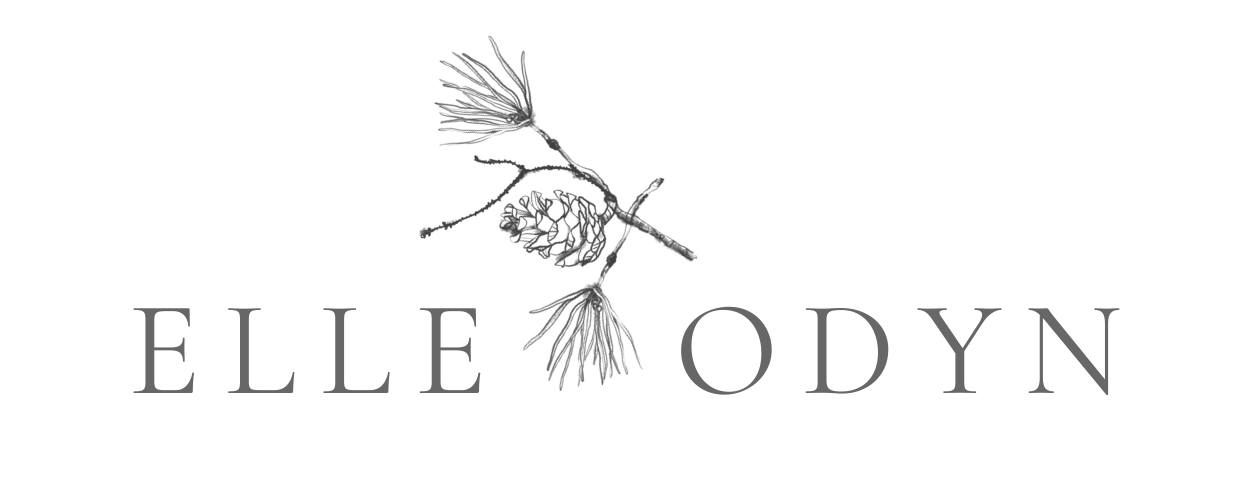Native Plants in our Forest Gardens (in photos)
We are located in western Quebec in zone 4 and I choose to use as many native plants, bushes, and trees as possible to create a habitat-supporting, resilient, diverse system in our Food Forest. Choosing plants that support our local pollinators and ecosystem is easy!
If you like lots of real-life photos - this post is for you.
“Native plants have evolved over time in association with many other plants and animals that also occur naturally in the region.”
Many of the native plants grow here already!
We live rurally on land that is in the middle of the forest. This land was once farmed but it has been left to its own natural devices (other than being mowed by the previous owners) for many years. When we moved in, the plan was to let it all go back to it’s natural state and cease mowing. We do mow walking paths but that is all.
Transplanting and Planting New Native Trees
We transplanted many small trees into the wide open spaces on the land so they can slowly fill in. We’ve left enough room to plant food trees (non-native) but want to support the local ecosystem with what’s already growing here. The first year we transplanted over 30 small trees from other places on the land and moved them into the open space that was cleared so long ago.
There was a native plant (unintentional) nursery behind and around the garage that had to be cleared anyway for fire-safety- so we got a LOT of trees from there! I spent a lot of time talking with the small trees and explaining why I was moving them… :)
We also purchased native trees or gathered them from our city’s native tree program. You will see in the photos below some of those trees. Ferguson Tree Nursery deserves a mention here for its amazing native trees!
In total (if we counted well) we planted 76 trees here in 2021.











Deliberately Planting Native Flowers around the Food Forest
Anytime I can choose a native plant, bush, tree or flower within a fruit tree guild or along a path, I do. Diversity is key to strong systems and there are so many excellent native plant options and we know they will grow well here - because they do already.
Some flowers such as Scarlet Bee Balm and Culver’s Root are not officially native to this area - but they are near-native and they thrive here. I would rather plant native versions than cultivars and do my best to do so.
CLICK on the photos below for detailed information about how we use them to support our food forest system.
Native Plants as Nitrogen Fixers in the Forest Garden
I use Lead Plant, Canada Milk Vetch, New Jersey Tea, Wild Lupine, Eastern Red Bud (out of zone but why not try?), and Wild Senna (and others that I’m forgetting right now) as NITROGEN FIXERS in our system. Lead Plant and Canada Milk Vetch are VERY happy here but New Jersey Tea has struggled (I will try again though!).
I intentionally plant at least two nitrogen fixers around each fruit tree. As time goes on I’m propagating and spreading them around as they grow here. Canada Milk Vetch is as enthusiastic as the Purple Vetch that many people plant - so I go with the Native Plant over the other.
Learn more about supporting your food forest or permaculture system using Native Plants
We are having excellent success using native plants rather than bringing in cultivars or introduced plants. When we can we choose native plants and near-natives and the results have been a forest garden full of diversity, pollinators, and a strong system overall. Native plants want to grow here and have evolved here for a long time so they thrive!
This post doesn’t share ALL the native plants we have planted or that are already here but I hope it was helpful in seeing what’s possible!
If you’d like more information, here is a list of resources:
BOOKS (in no particular order and far from exhaustive):
Braiding Sweetgrass: Indigenous Wisdom, Scientific Knowledge, and the Teachings of Plants - Robin Wall Kimmerer
Plants Have So Much To Give Us, All We Have To Do Is Ask: Anishinaabe Botanical Teachings - Mary Siisip Geniusz
Bringing Nature Home: How you can sustain wildlife with native plants - Douglas W. Tallamy
Nature’s Best Hope: A New Approach to Conservation that Starts in Your Yard - Douglas W. Tallamy
100 Easy-to-Grow Native Plants for Canadian Gardens - Lorraine Johnson
A Garden for the Rusty-Patched Bumblebee: Creating Habitat for Native Pollinators - Lorraine Johnson & Sheila Colla
Gaia’s Garden: A guide to home-scale Permaculture - Toby Hemenway
Some Online Resources:
This is only a few to start - there are so many resources out there!






















